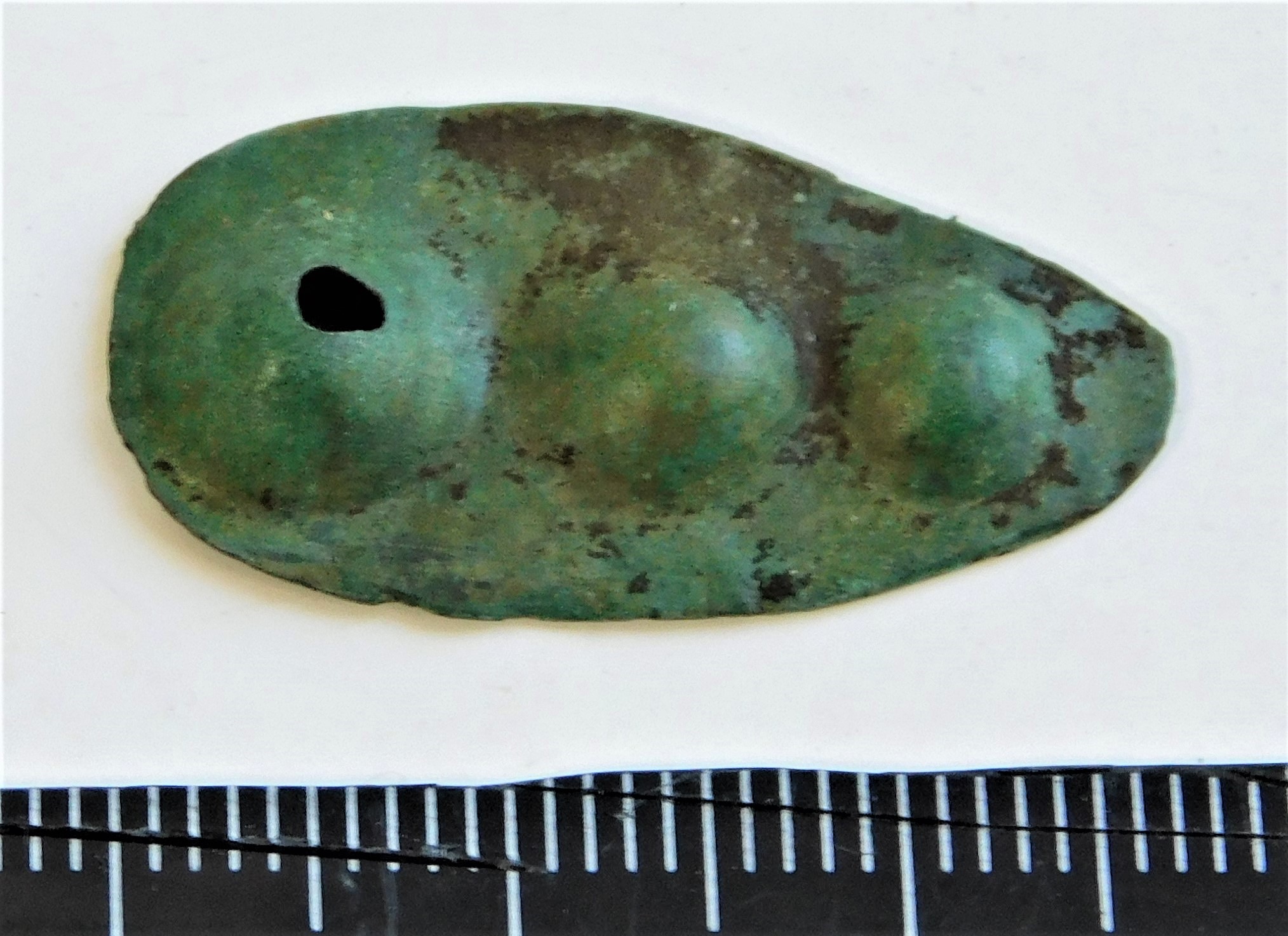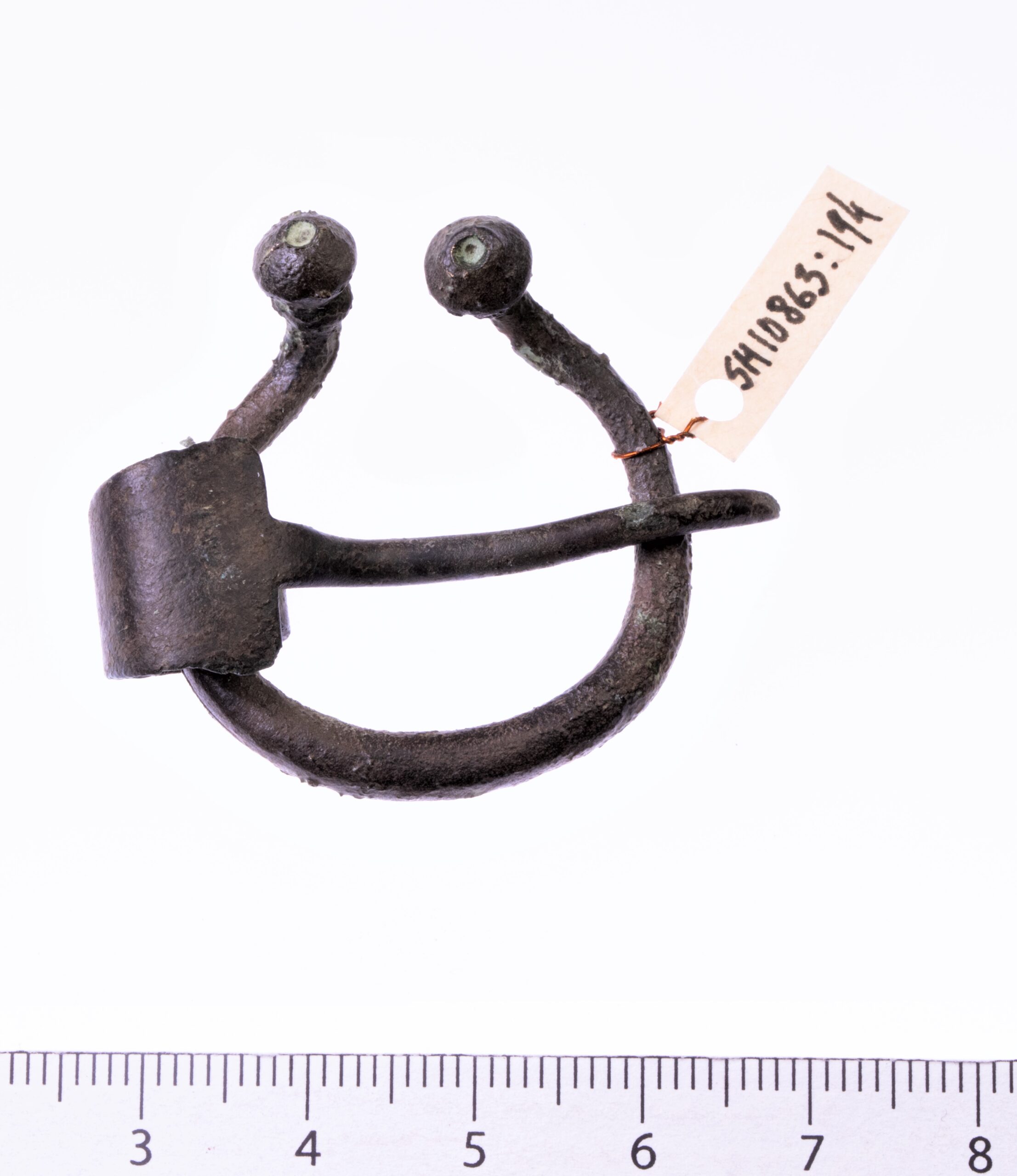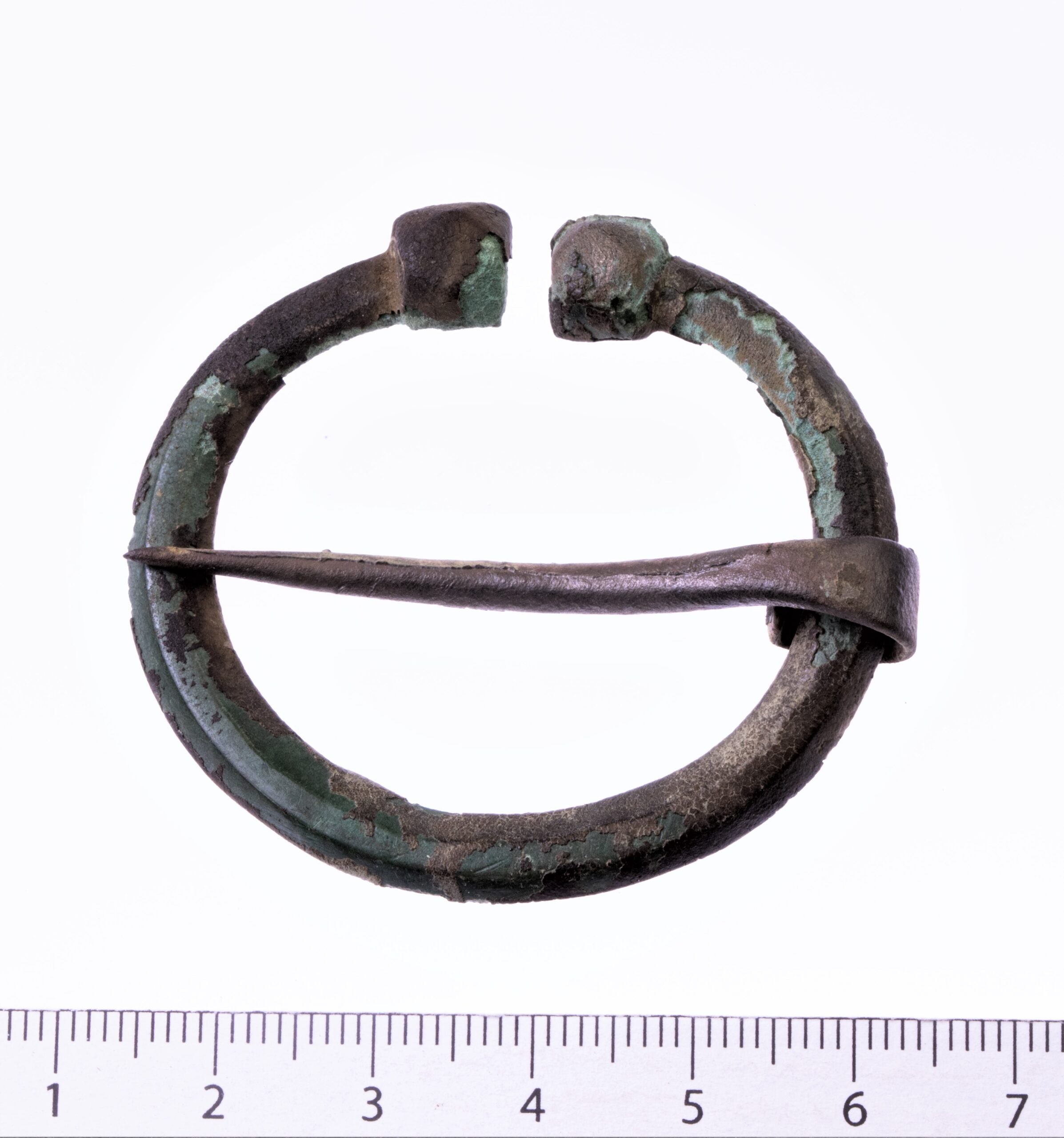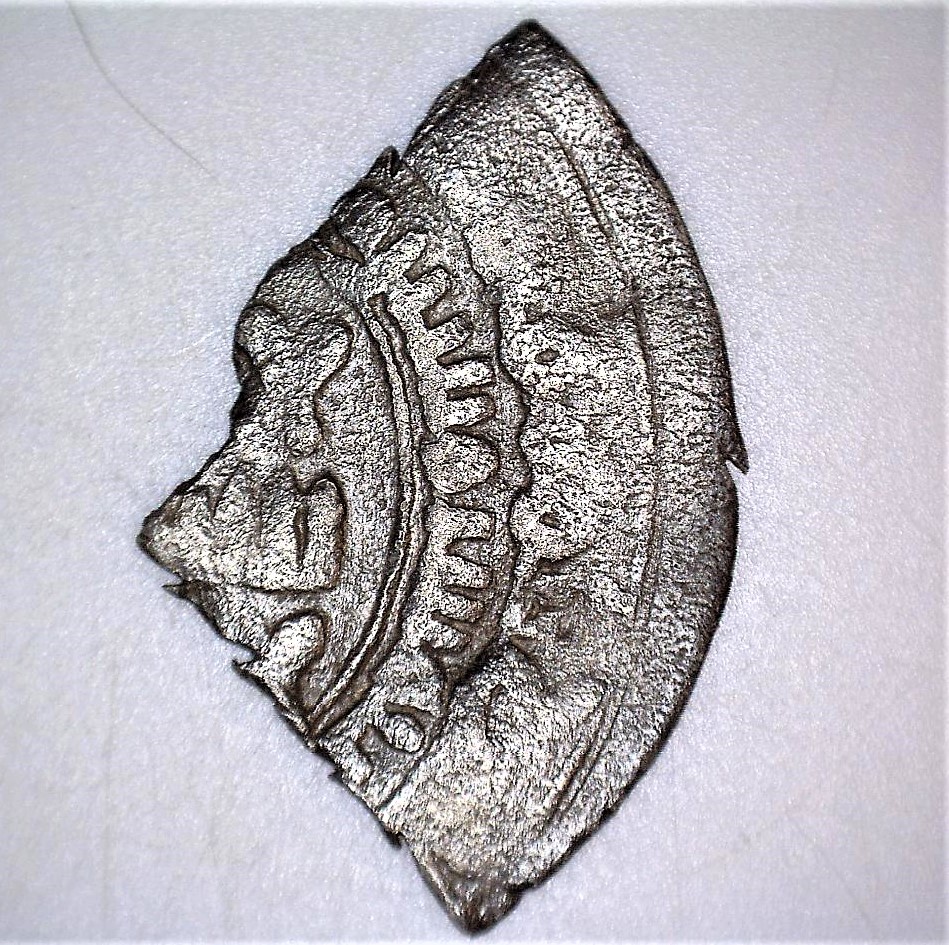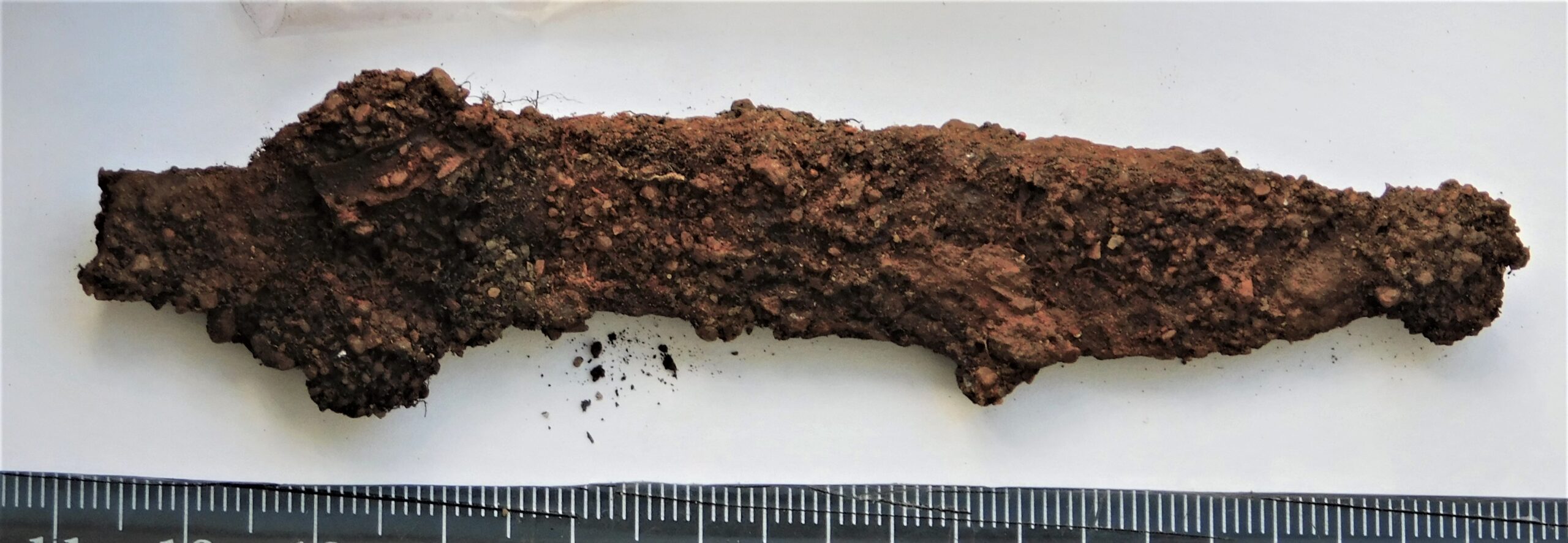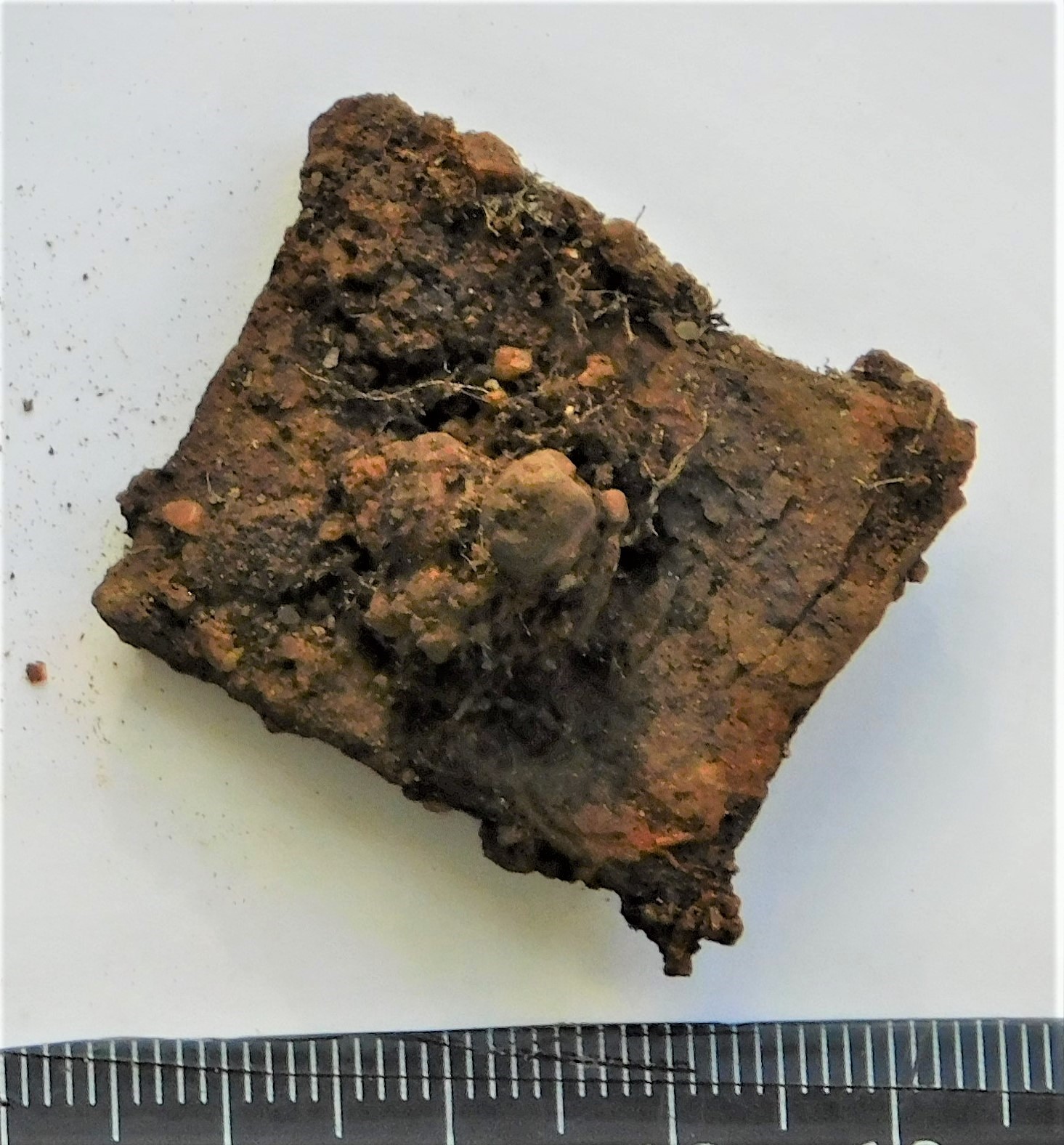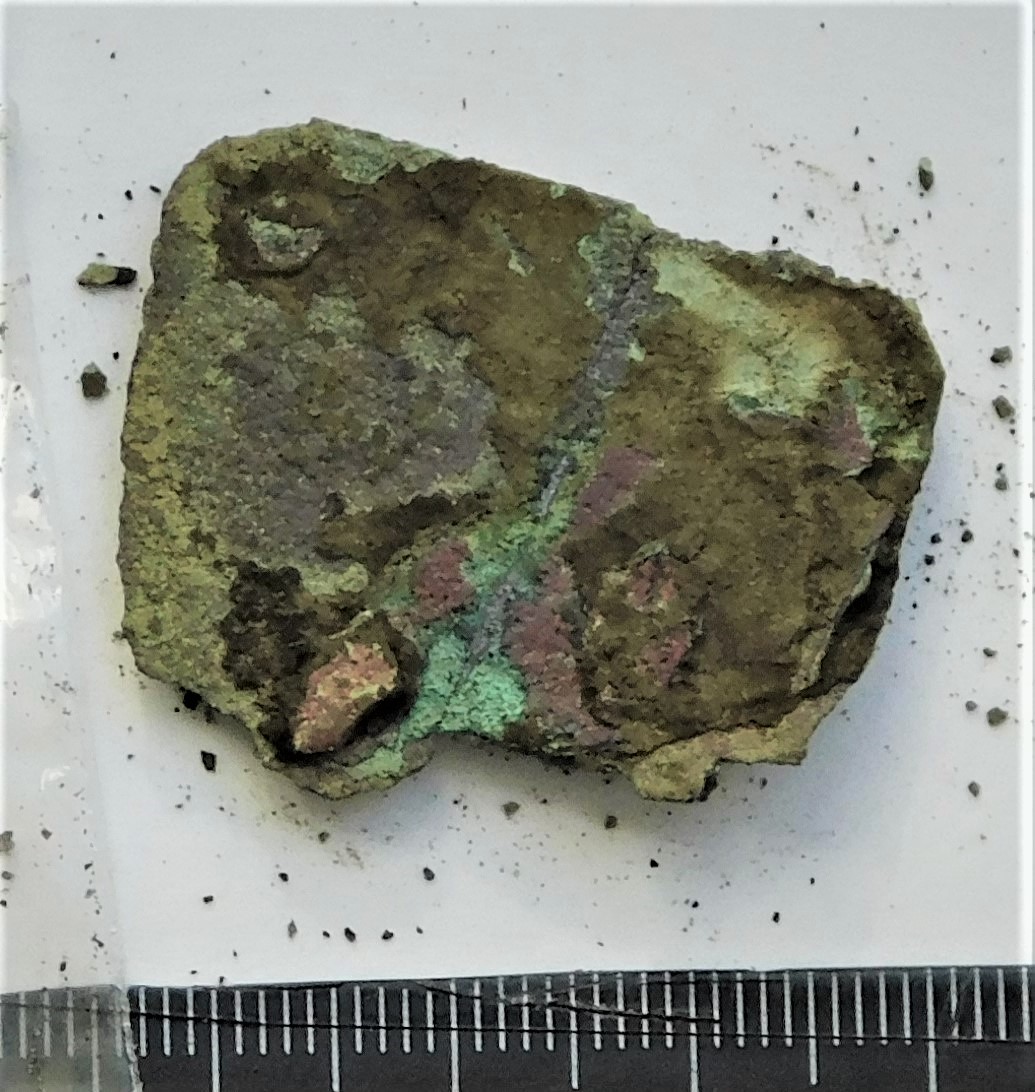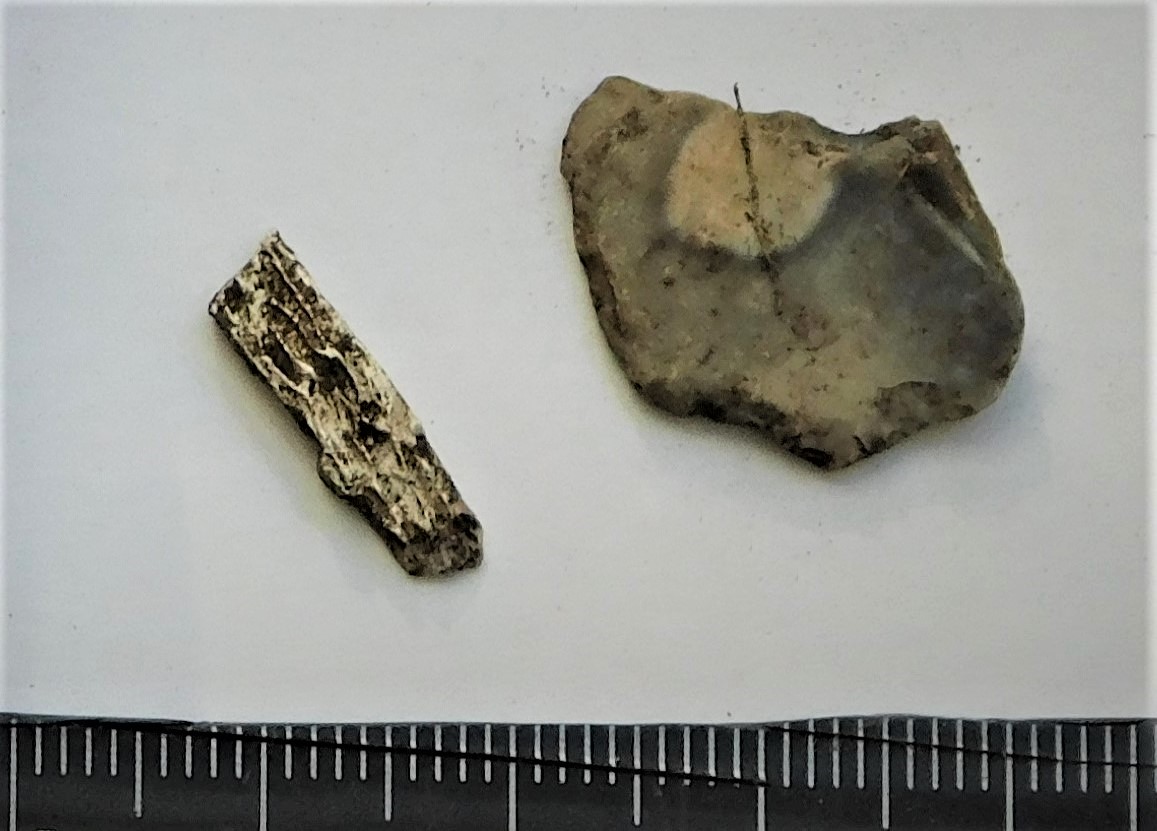Database
Our database is free to use for all history and archaeology enthusiasts. If you use our database, please do not forget to cite correctly:
Mägi, Marika; Palm, Piia Sandra. Archaeological Artefacts of Saaremaa. Foundation Osiliana / Tallinn University. Accessed: date.
The Osiliana Archaeological Database presents artefacts from Saaremaa and the surrounding small islands.
The database contains mainly Iron Age and Medieval finds that can be classified.
Undated metal or other pieces were generally excluded from the database.
Ceramics are represented by isolated examples.
The database is a work in progress and is constantly being updated.
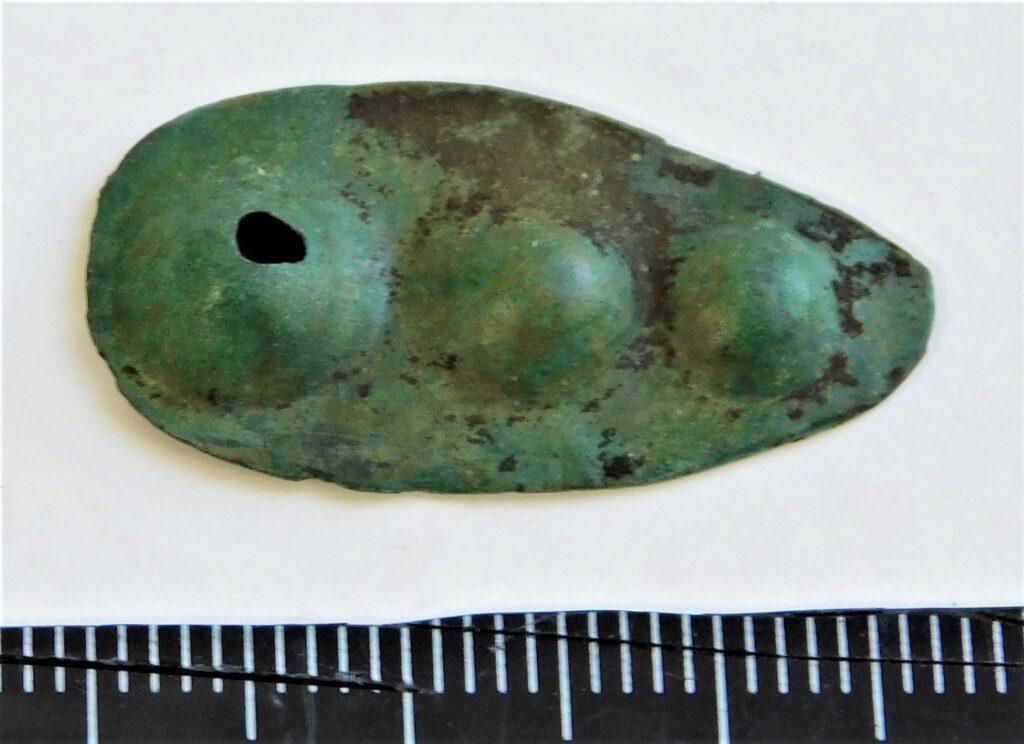
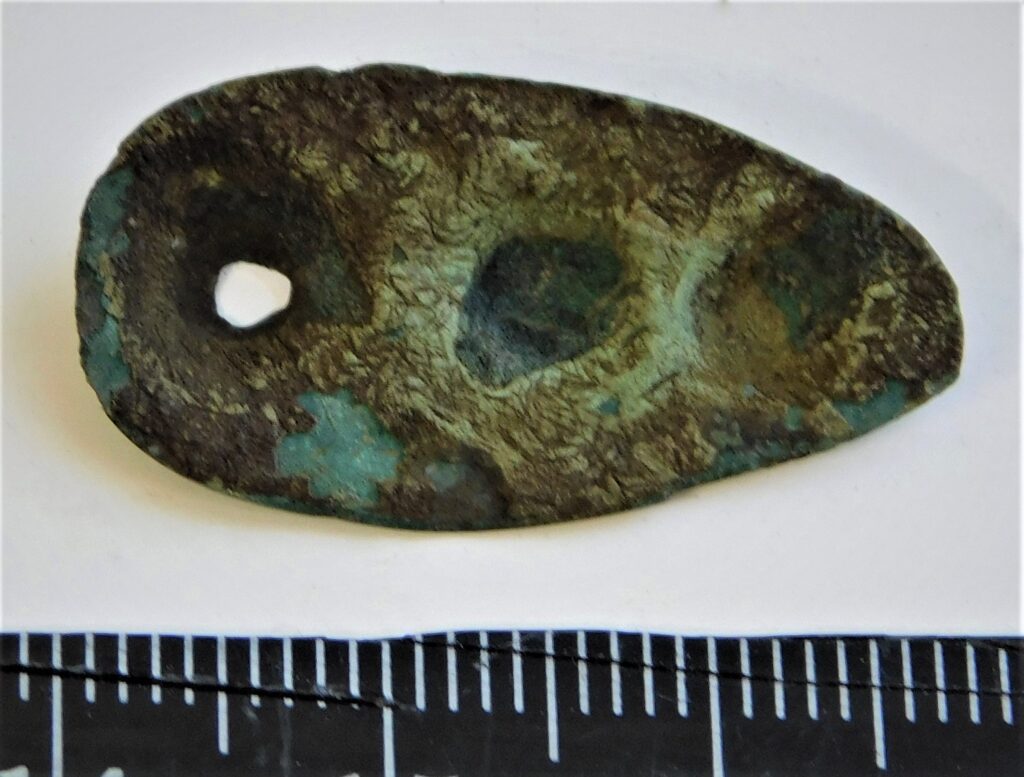
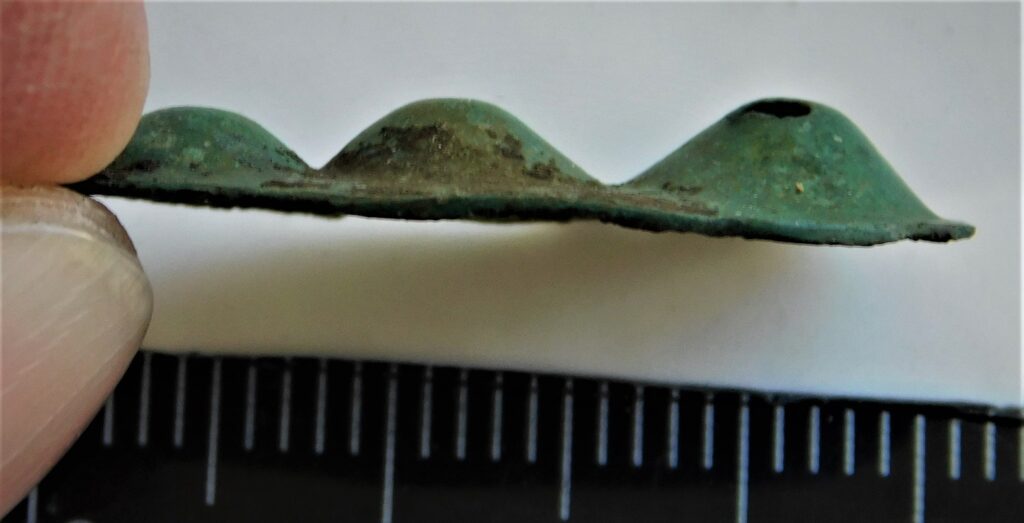
Mount, bronze.
Mullutu
Penannular brooch, round poppy-shaped terminals, copper alloy.
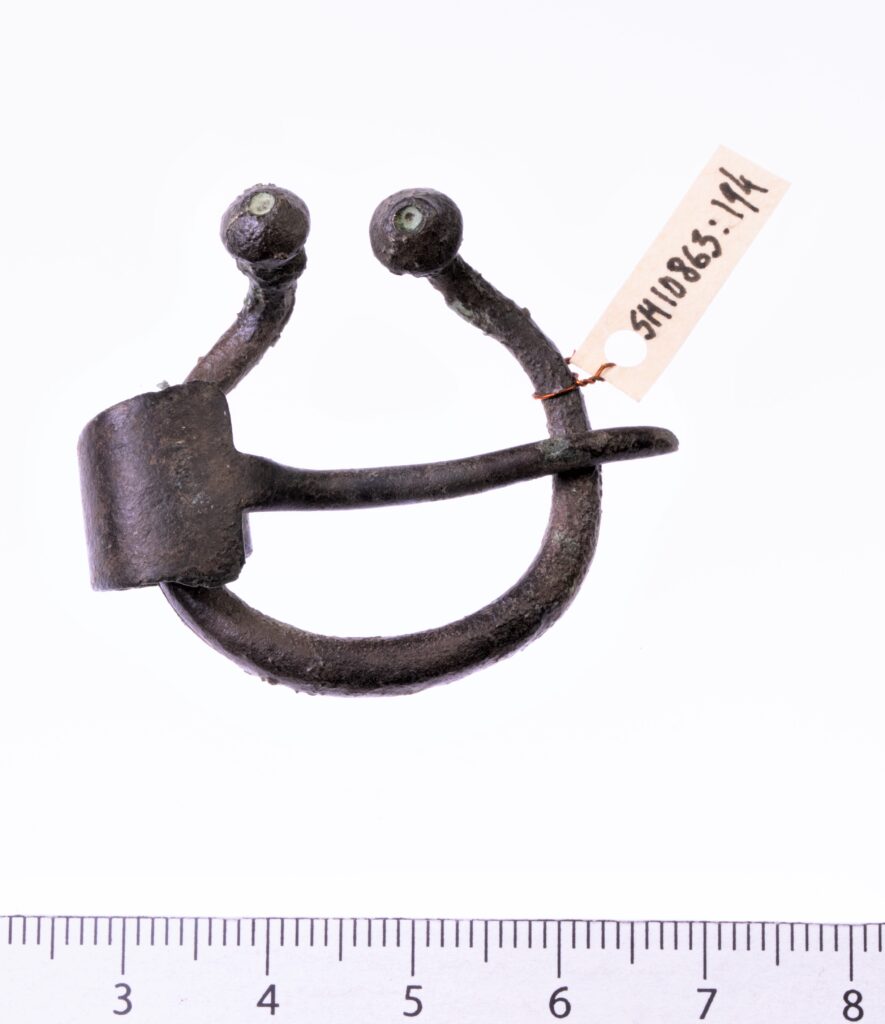
Penannular brooch, round poppy-shaped terminals, copper alloy. With a broad-based pin. The cross-section of the ring is round. Such brooches were widespread in Latgallia and South-Estonia in the 11th-12th century (Mägi 2002, 100-101; Vaska 2019, 198).
Literature:
Mägi, M. 2002. At the Crossroads of Space and Time. Graves, Changing Society and Ideology on Saaremaa (Ösel), 9th–13th centuries AD. Tallinn: Ajaloo Instituut, Tallinn/Center of Baltic Studies, Gotland, p. 100-101. Read the book: here. Look at the drawings of the archaeological finds: here.
Vaska, B. 2019. Rotas un ornaments Latvijā no bronzas laikmeta līdz 13. gadsimtam. Latvijas Nacionālais vēstures muzejs. Rīga.
Mullutu
Fragment of a coin, 0.81 g. Abbasid dynasty.
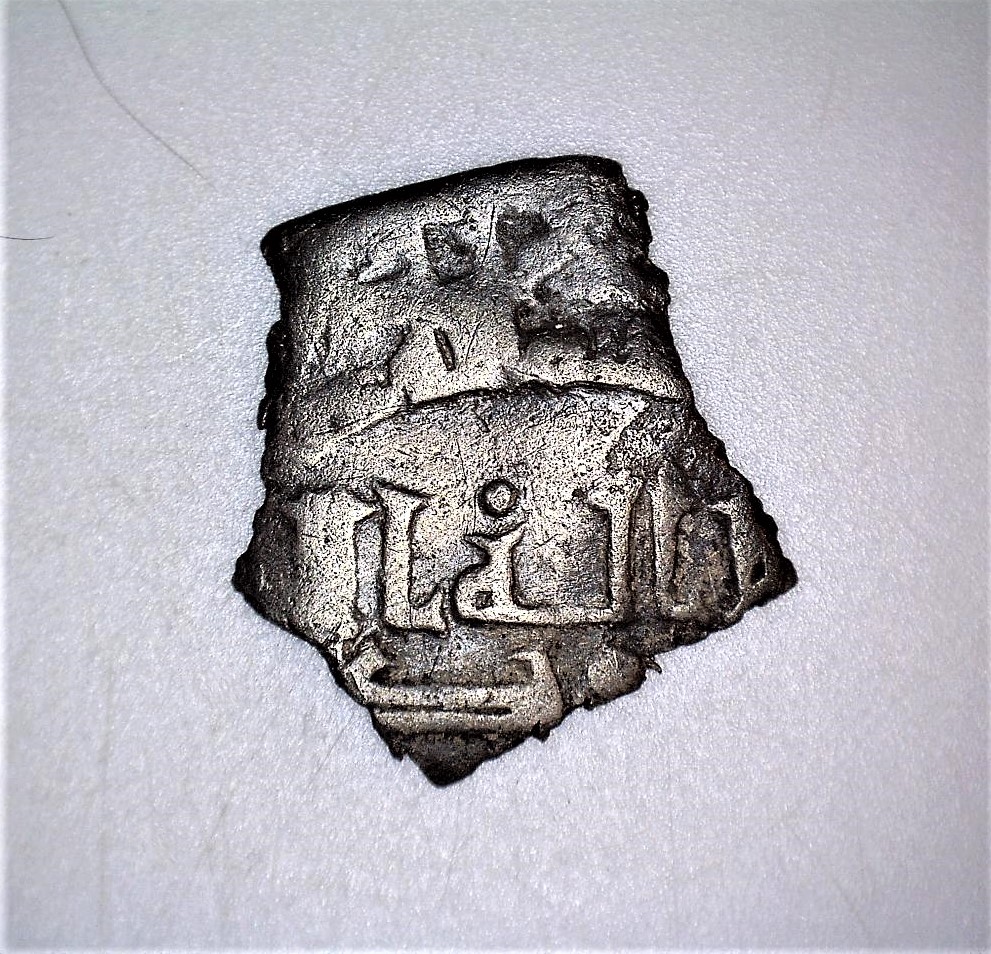
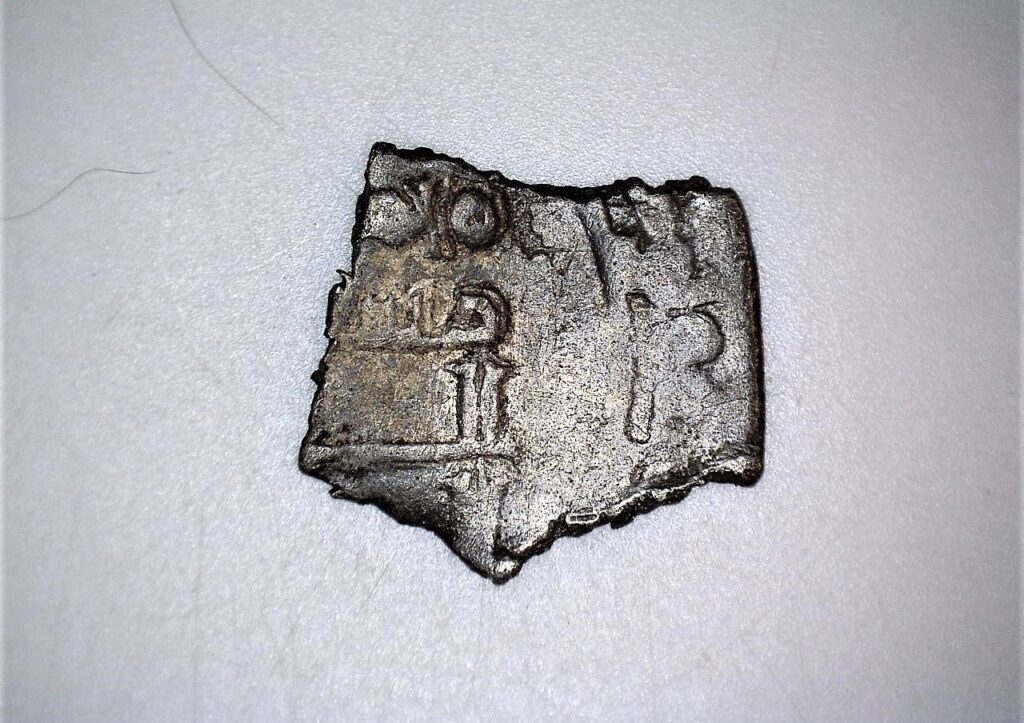
Fragment of a coin, 0.81 g. Abbasid dynasty.
Mullutu
Penannular brooch with massive faceted terminals, copper alloy.
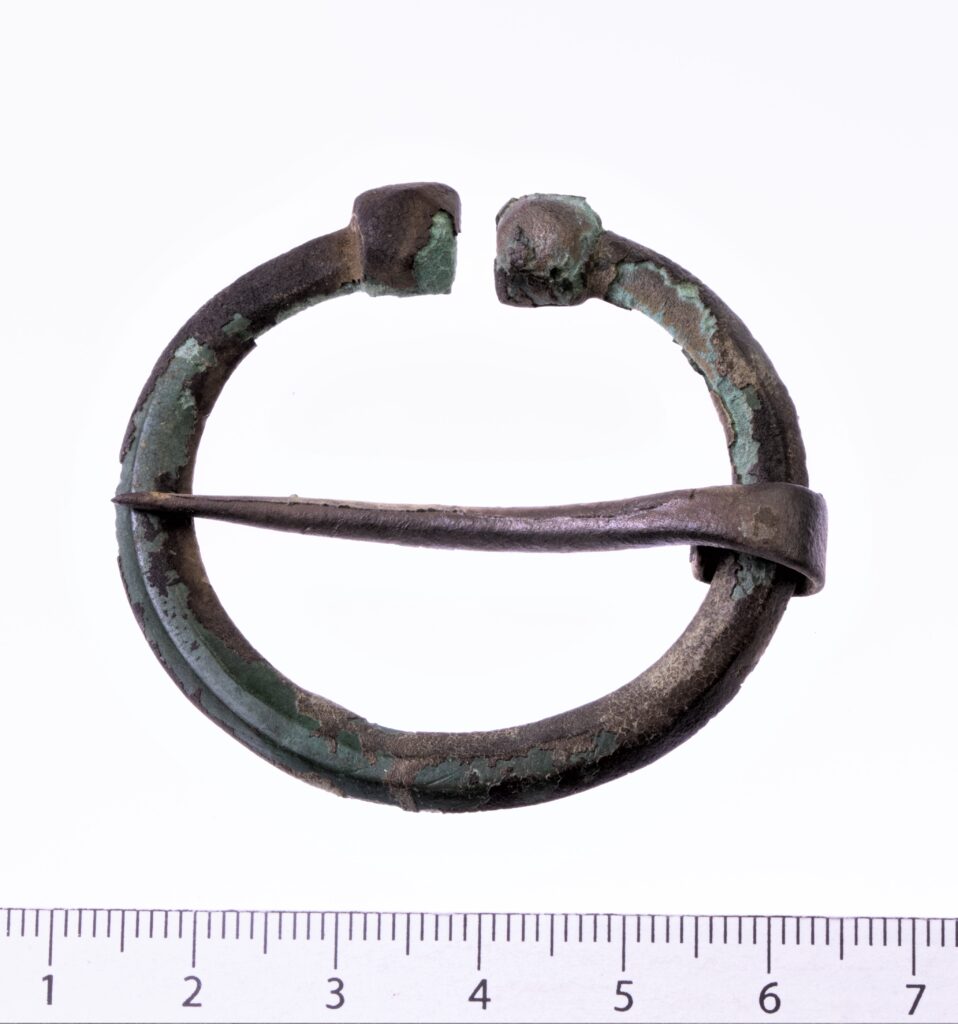

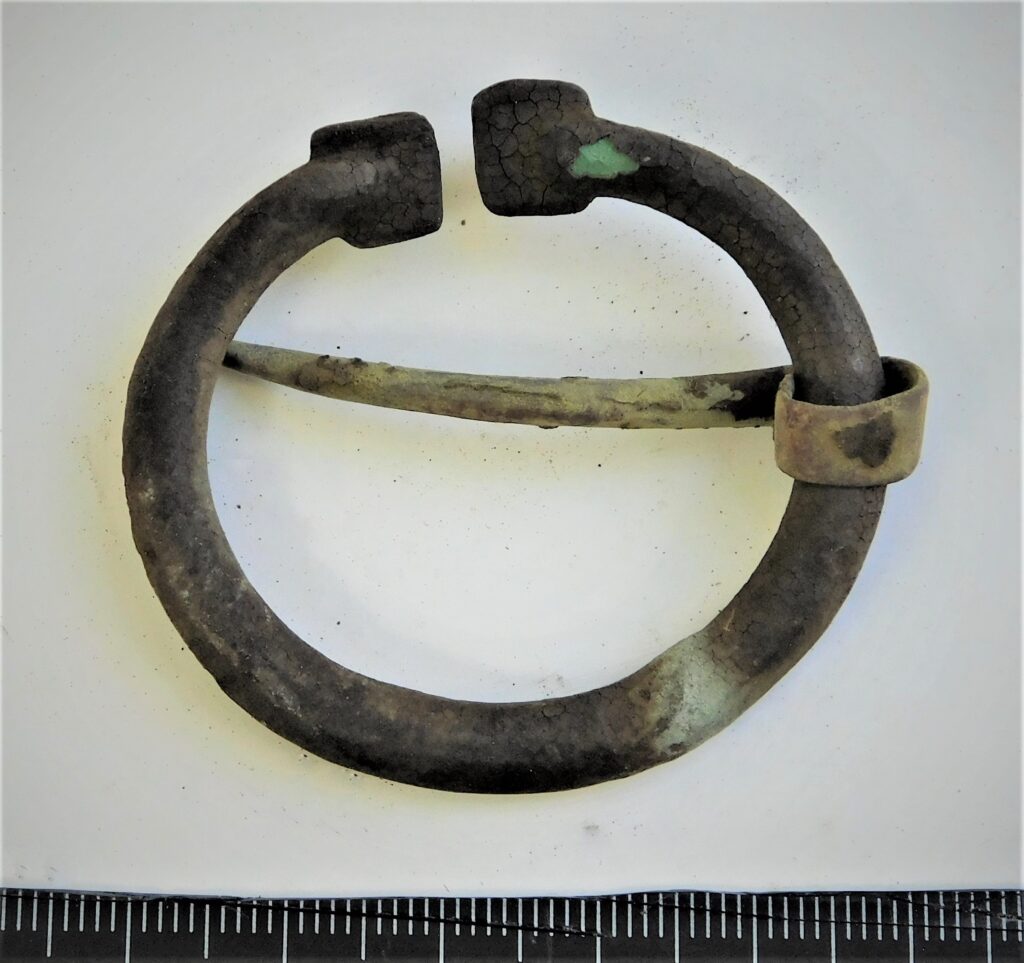
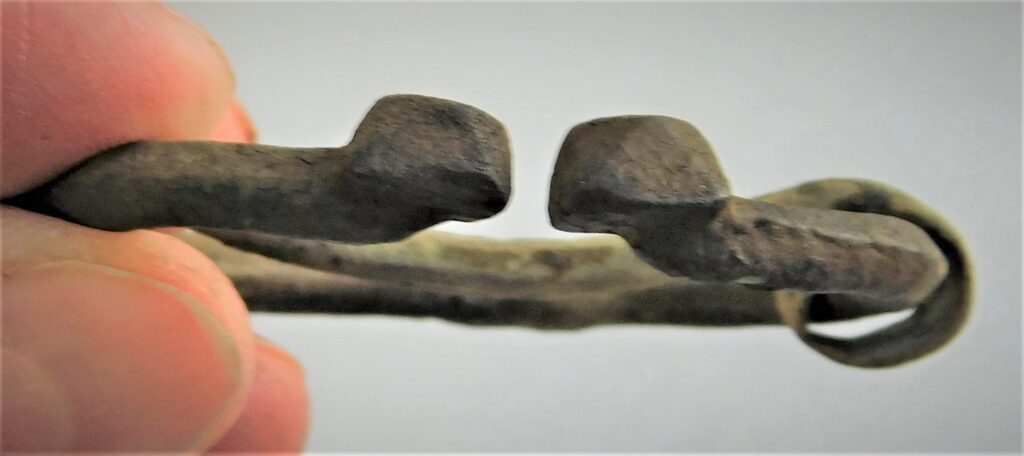
First photo: Jaana Ratas.
Penannular brooch with massive faceted terminals, copper alloy. The cross-section of the ring is hexagonal, the base of the pin is narrow.
Literature:
Mägi-Lõugas, M. (1994). Eesti viikingiaegsed hoburaudsõled ja nende ornament. – Eesti TA Toim. Humanitaar- ja Sotsiaalteadused 43, 4 (465-484). Read the ENG conclusion (p. 483-483): here.
Mullutu
Fragment of a coin, 0.65 g. Samanid dynasty, the reign of Nuh ibn Nasr, year 336 (Islamic calendar).
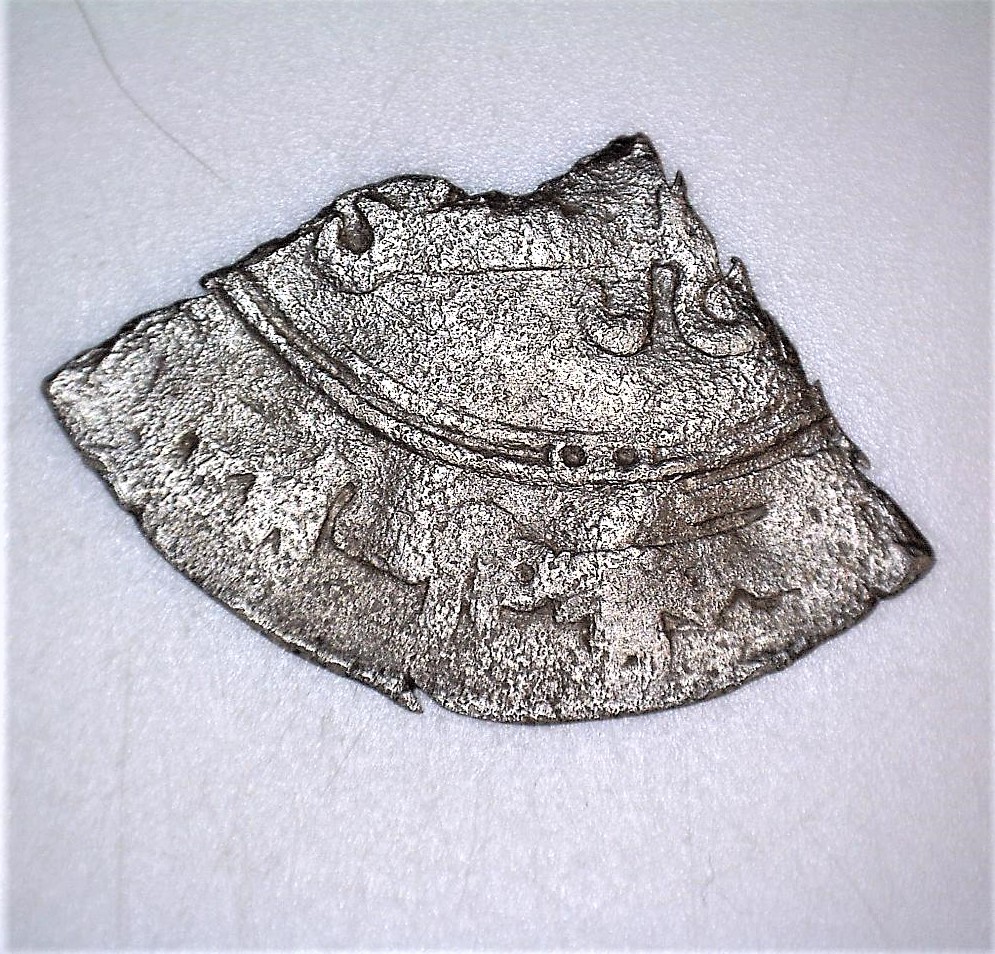
Fragment of a coin, 0.65 g. Samanid dynasty, the reign of Nuh ibn Nasr, year 336 (Islamic calendar).
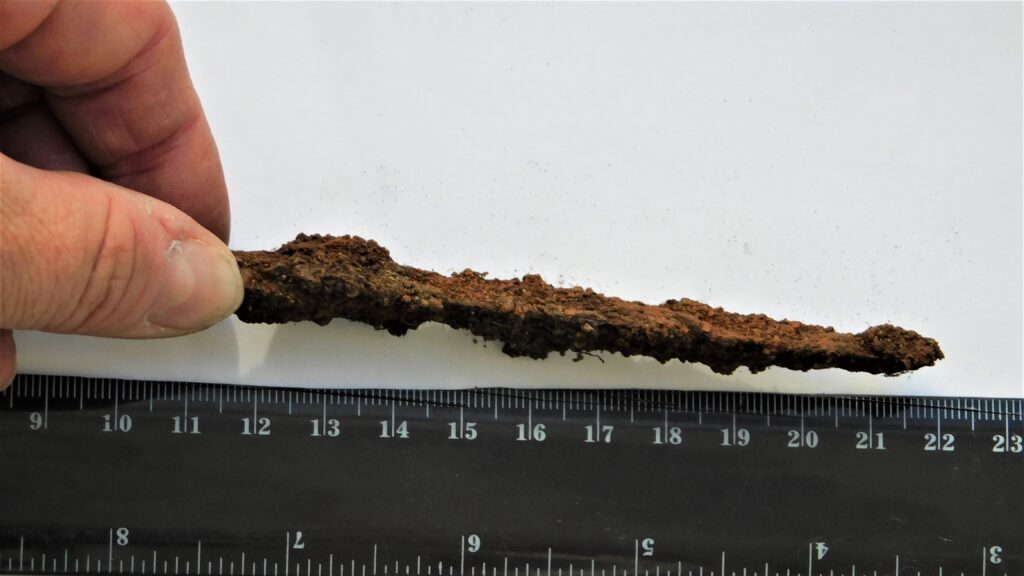
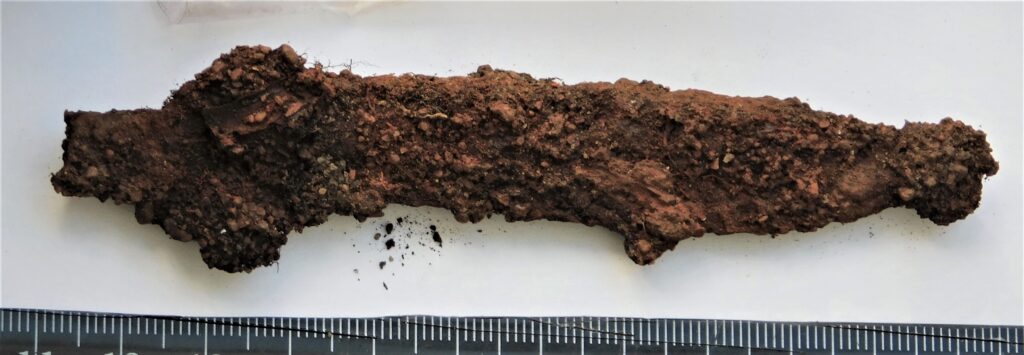
Knife, iron.

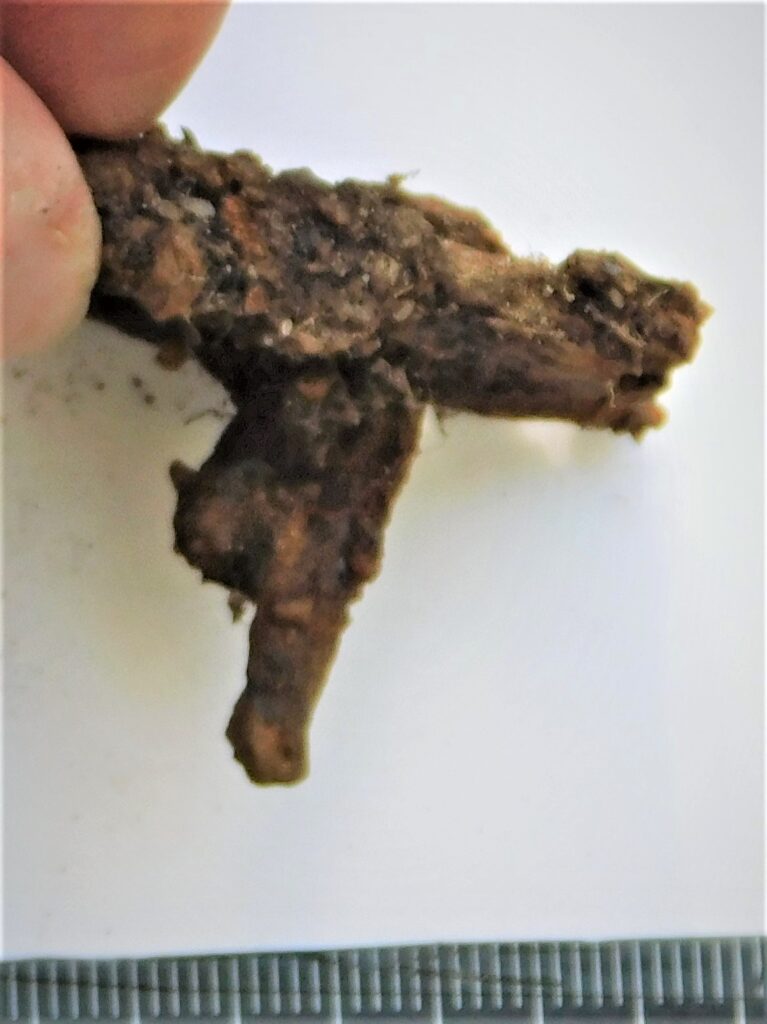
Iron rivet.
Mullutu
Mount, bronze, two plates fastened with rivets.
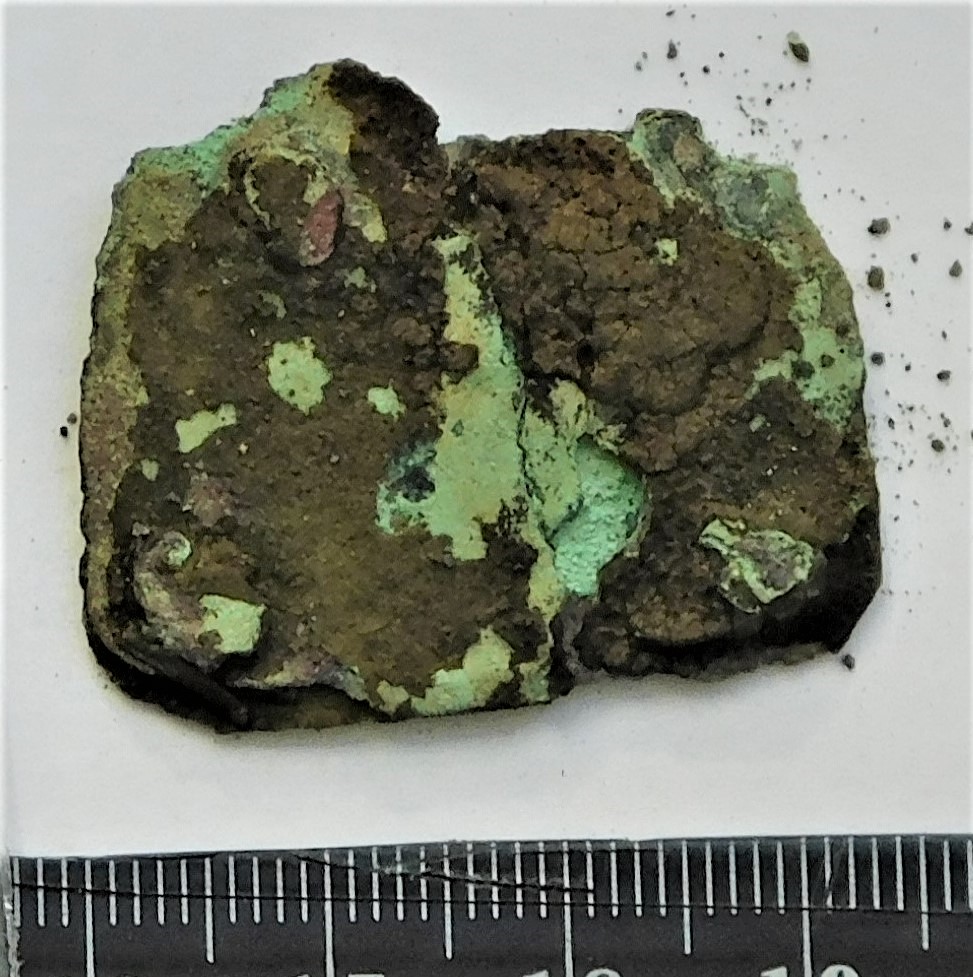
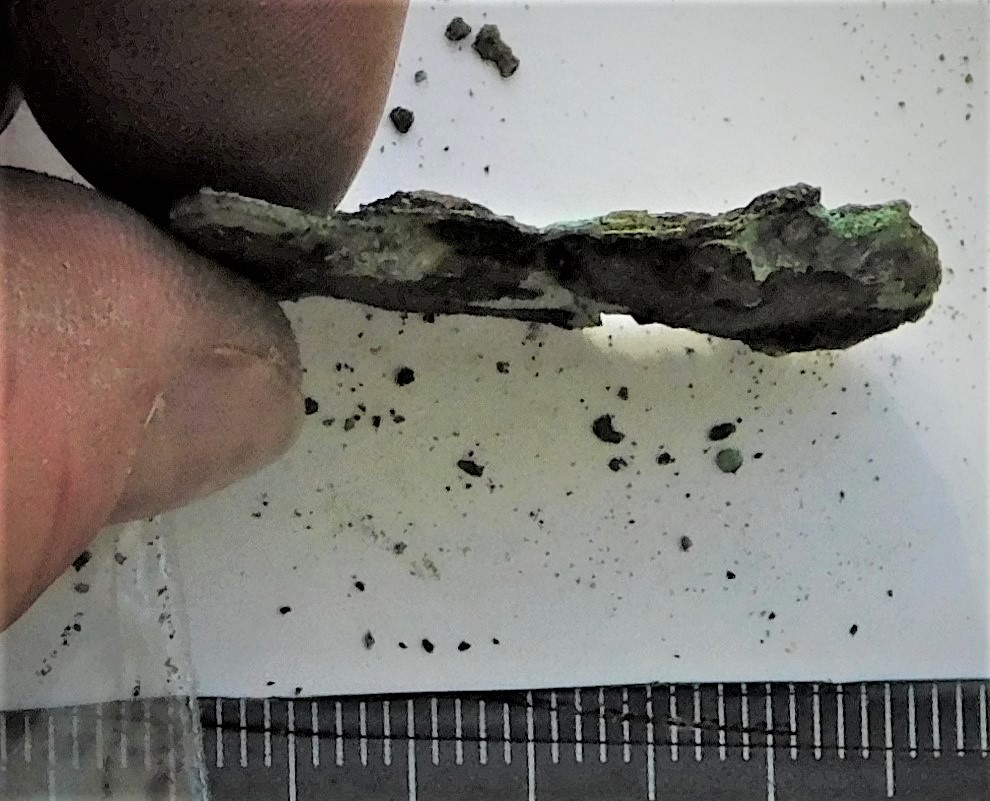
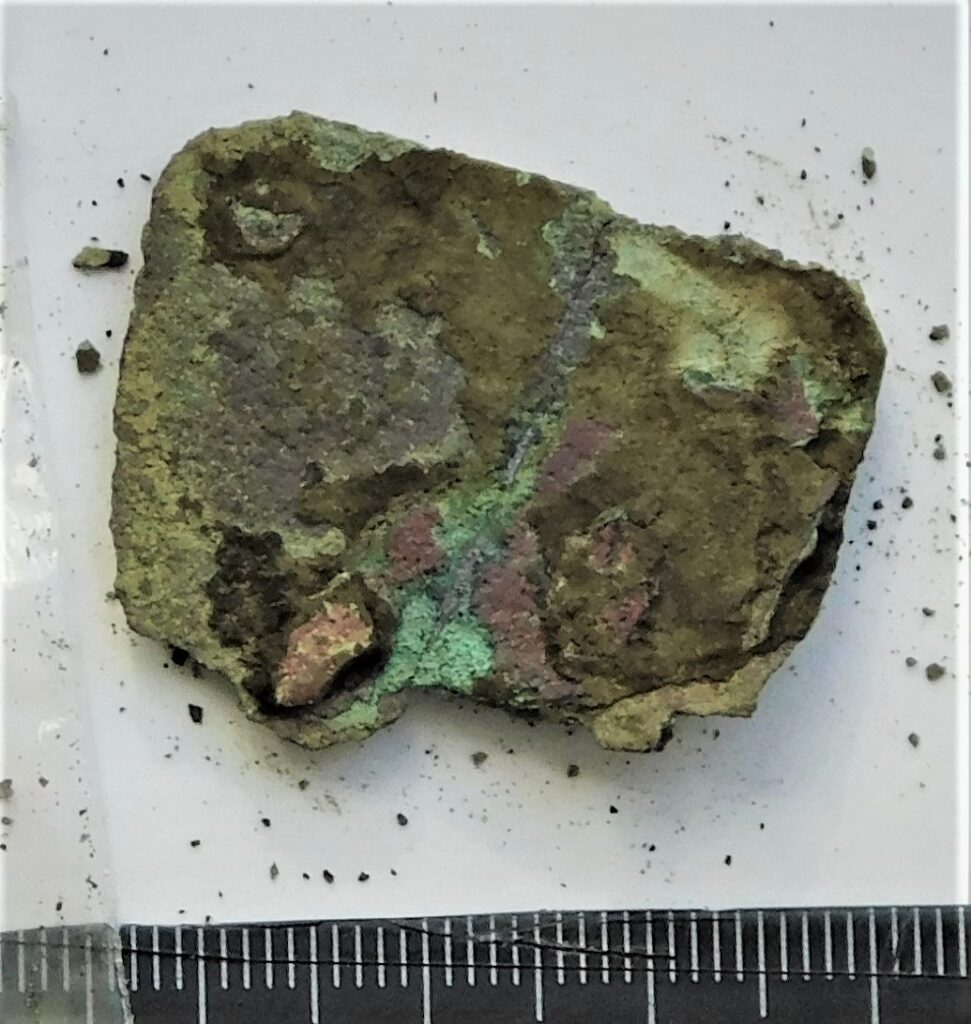
Mount, bronze, two plates fastened with rivets.
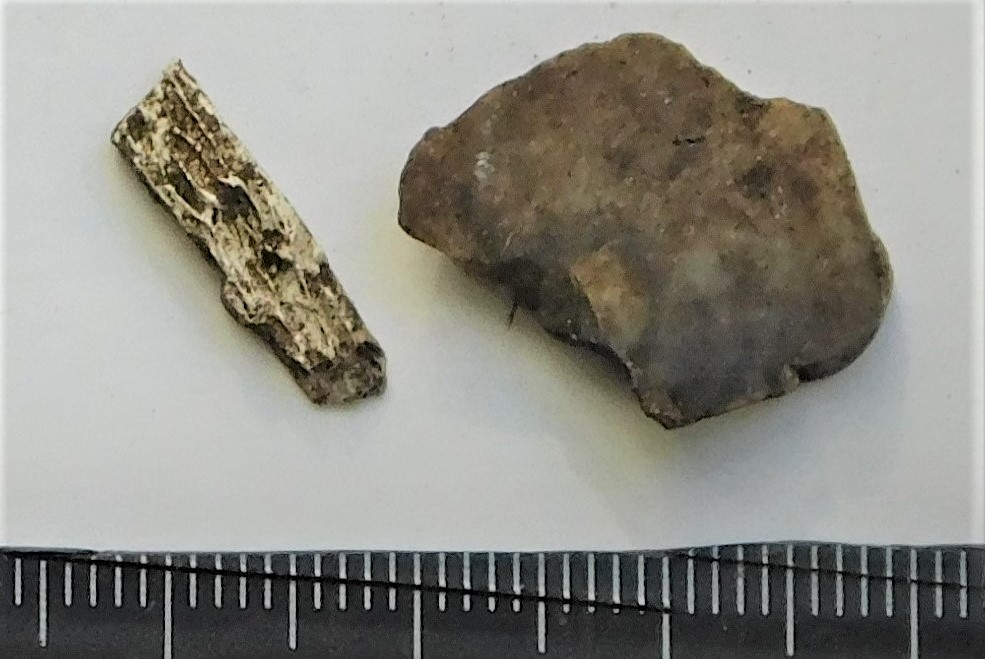
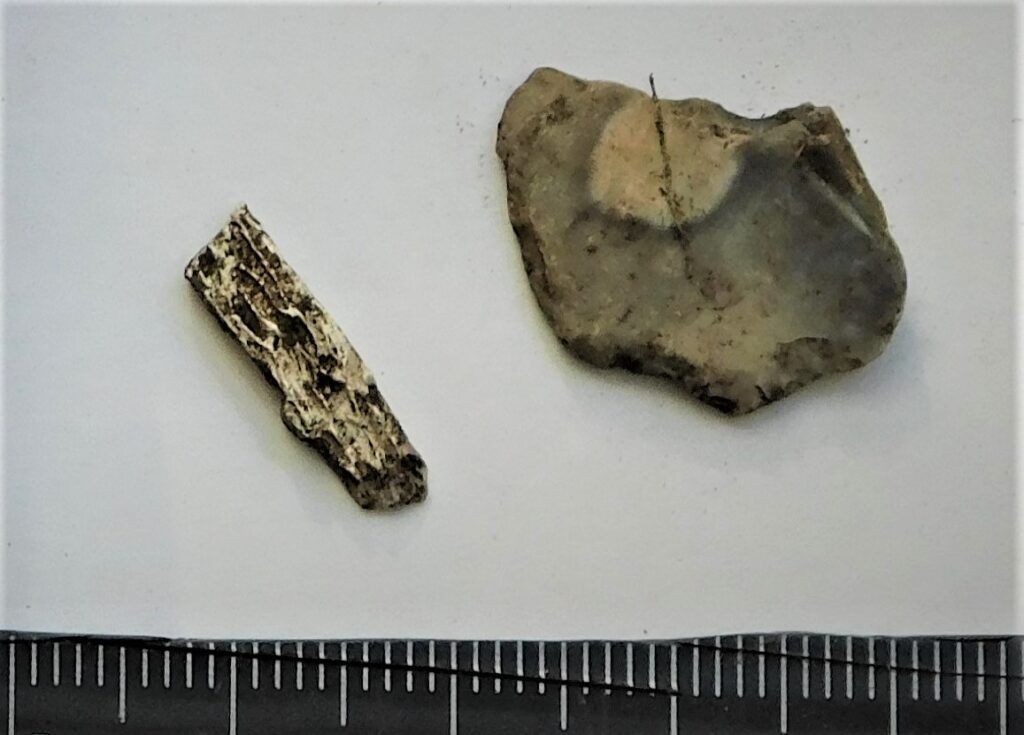
Artefact fragments, bone and bronze
The negative value refers to time Before Christ.

